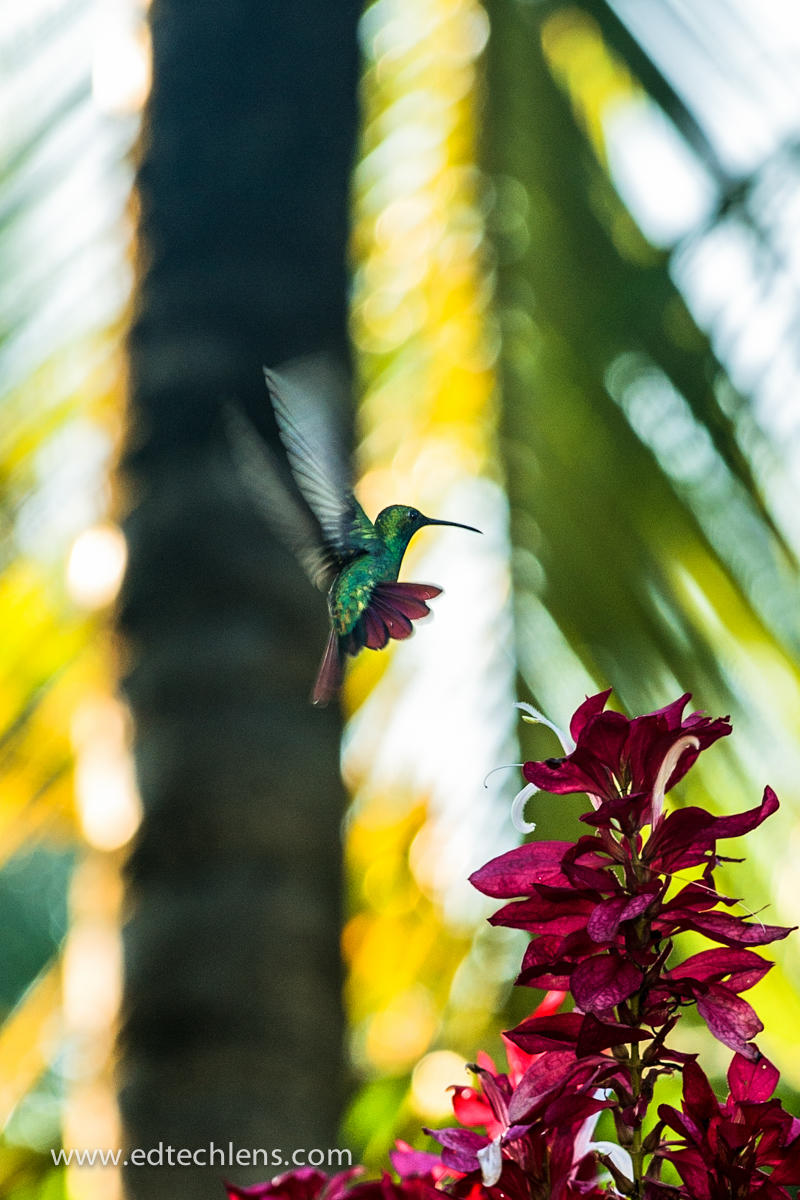What happens when a species disappears from the rainforest? If it is what is called a keystone species, that is, a plant or animal that is vital to an ecosystem's health, the results can be disastrous. This is because, without that species, other plants and animals may have trouble getting food and even shelter.
For example, if certain predatory animals disappeared, overpopulation of another species would take place. This would make it even more difficult for other animals to get enough to eat. Another example might be native plants that are pushed out by invasive plants and trees. If that happens, not only food supplies are disrupted, but the overall health of an area is endangered because those plants cannot survive and reproduce.
For example, if certain predatory animals disappeared, overpopulation of another species would take place. This would make it even more difficult for other animals to get enough to eat. Another example might be native plants that are pushed out by invasive plants and trees. If that happens, not only food supplies are disrupted, but the overall health of an area is endangered because those plants cannot survive and reproduce.

One example of a keystone species in the rainforest is the hummingbird. Without them, many plants would not survive.
The hummingbird is an important pollinator in the rainforest, helping plants to reproduce and grow. If numbers of hummingbirds decline, other species of plants will take over the ecosystem and can threaten other animals and plants to the point of extinction. In effect, the disappearance of a keystone species begins a domino effect that can threaten the entire wellbeing of an ecosystem.
Something to Think About: Research an example of a keystone species and how losing that plant or animal could impact an ecosystem. Can you think of a keystone species that is found where you live?
The hummingbird is an important pollinator in the rainforest, helping plants to reproduce and grow. If numbers of hummingbirds decline, other species of plants will take over the ecosystem and can threaten other animals and plants to the point of extinction. In effect, the disappearance of a keystone species begins a domino effect that can threaten the entire wellbeing of an ecosystem.
Something to Think About: Research an example of a keystone species and how losing that plant or animal could impact an ecosystem. Can you think of a keystone species that is found where you live?
Rainforest Kids Science curriculum connection: Unit 3: Chapter 1, Lessons 1+2, Grades K-5

